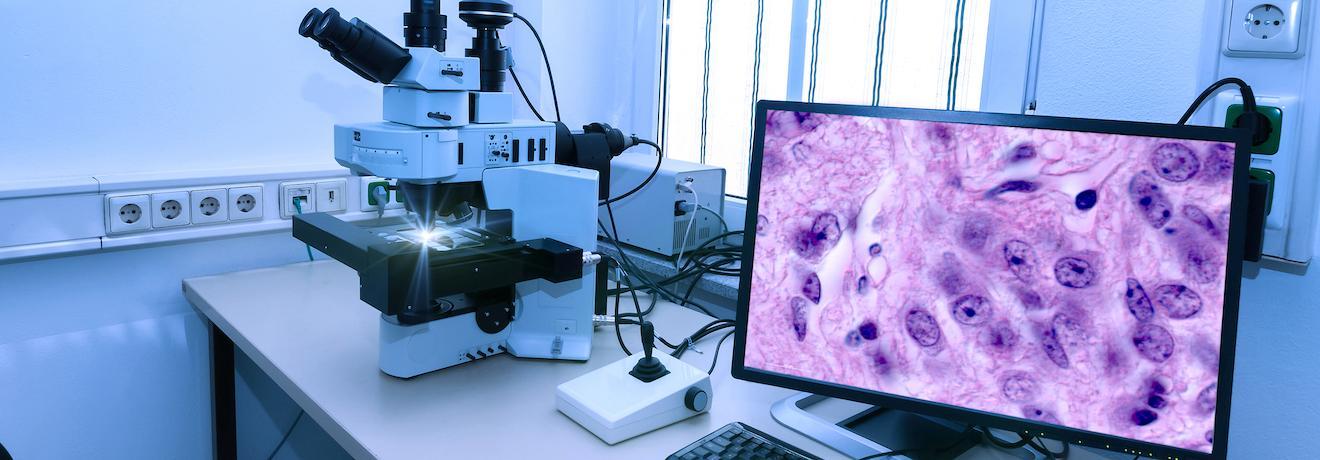Understanding and assessing endocrine-disrupting properties requires in-depth regulatory expertise and scientific knowledge of endocrinology. With increasing regulatory scrutiny under REACH (EU & UK), the Biocidal Products Regulation (BPR), and the Plant Protection Products Regulation (PPPR), businesses must proactively address endocrine disruption (ED) assessment requirements to ensure compliance and market access.
Blue Frog Scientific provides comprehensive ED assessment services, from desk-based evaluations and weight-of-evidence assessments to strategic testing and regulatory engagement, ensuring scientifically robust and proportionate compliance with ECHA, EFSA, and UK HSE requirements.
Regulatory Landscape for Endocrine Disruptors
Chemicals (REACH)
For industrial chemicals, endocrine disruption assessments are conducted as part of substance evaluations under REACH (EU & UK). Competent authorities may request an evaluation of a substance’s potential to be an endocrine disruptor (ED), with decisions based on a weight-of-evidence approach, supported by existing data and targeted testing.
The 2024 CLP Regulation update introduces new hazard classes for endocrine disruptors, significantly impacting chemical classification and labelling:
- ED HH (Endocrine Disruptor – Human Health): Applied when a substance is known or presumed to cause adverse effects in humans via an endocrine mode of action
- ED ENV (Endocrine Disruptor – Environment): Applied when a substance meets evidence-based criteria for endocrine disruption in non-target wildlife species
Substances classified as ED HH or ED ENV under CLP will require strict risk management measures and may face restrictions or authorisation under REACH. These classifications also influence supply chain obligations, safety data sheets (SDS), and risk assessments.
By integrating comprehensive endocrine disruption evaluations into REACH dossiers, companies can ensure compliance with both data requirements and hazard classification obligations, avoiding potential regulatory enforcement actions.
Biocides & Plant Protection Products (BPR & PPP)
For biocides and plant protection products, Regulation (EU) No 528/2012 (BPR) and Regulation (EC) No 1107/2009 (PPPR) require a comprehensive ED assessment using the EFSA/ECHA guidance criteria. A substance is considered an endocrine disruptor if it:
- Induces an adverse effect in humans or non-target organisms
- Has an endocrine mode of action that alters the function of the endocrine system
- A link can be demonstrated between the adverse effect and endocrine activity
These evaluations are critical for active substances, as ED classification may result in approval restrictions or non-approval unless derogations can be applied.
Blue Frog Scientific Endocrine Disruption Assessment Services
We support chemical, biocide, and plant protection product registrants through the entire ED assessment process, ensuring compliance with the latest REACH, BPR, PPPR, and CLP regulatory requirements. Our services include:
- In Silico Profiling & Literature Review – Conducting computational modelling, database searches, and systematic literature evaluations to assess potential endocrine activity
- Existing Data Evaluation & Weight-of-Evidence Assessment – Reviewing toxicological, ecotoxicological, and mechanistic data to determine if further testing is required
- Data Gap Analysis & Testing Strategy Development – Identifying missing data and developing cost-effective testing plans that align with OECD testing strategies for endocrine disruption
- Study Monitoring & Contract Research Organisation (CRO) Selection – Managing Good Laboratory Practice (GLP) studies, ensuring high-quality, regulatory-compliant results
- Regulatory Engagement & Substance Evaluation Support – Supporting REACH substance evaluations, ensuring proportionate regulatory requests from ECHA and/or the UK HSE
At Blue Frog Scientific, we deliver high-quality, regulatory-compliant endocrine disruption assessments, ensuring that your chemical, biocidal, and plant protection product dossiers are scientifically robust and meet EU and UK regulatory expectations.
Contact us today to discuss the challenges you are facing with endocrine disruption assessment for your substance or products.








